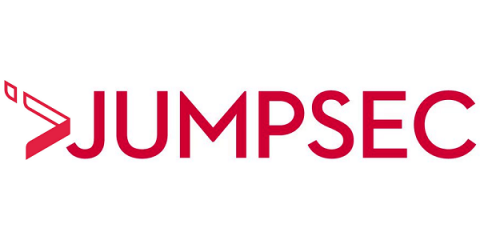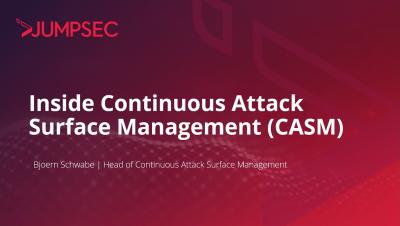Edge Device Botnet Compromise
A recent joint threat advisory from the FBI, CNMF, NSA (18 September 2024), highlights the extent of Chinese-affiliated threat actors’ ongoing botnet campaigns which seek to compromise thousands of internet-connected edge devices over a sustained period. This campaign, known as Oriole, is just one of several such active campaigns observed since 2020. JUMPSEC observations indicate that law enforcement has not yet disrupted the botnet, and indicators of compromise (IOCs) are likely ongoing.



